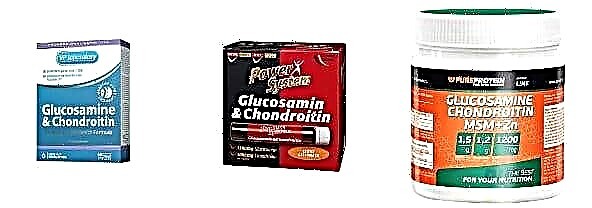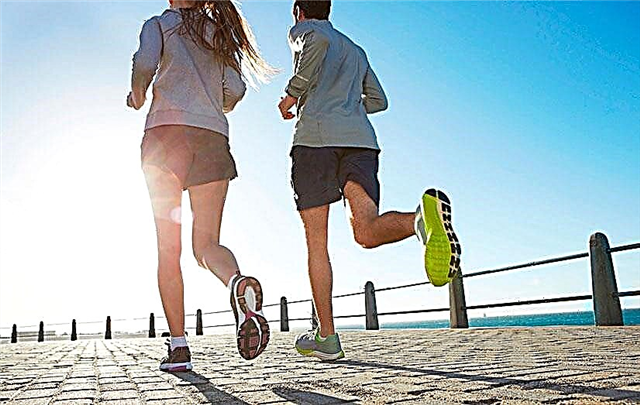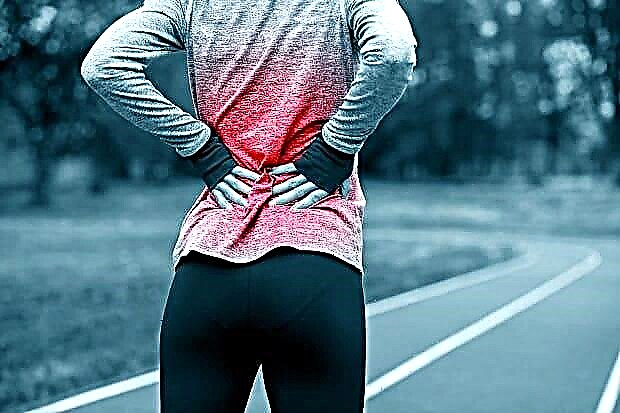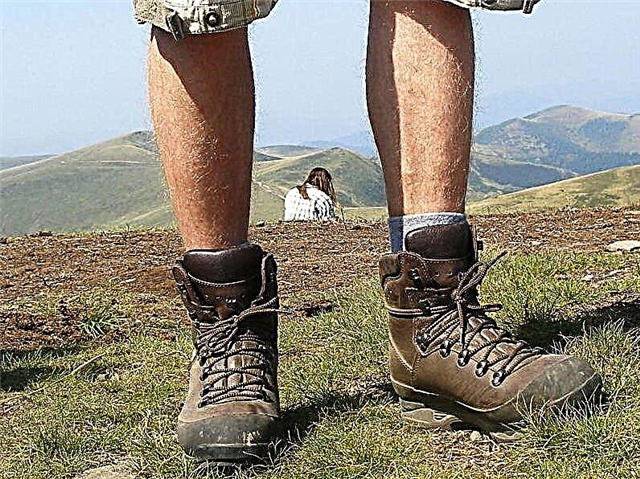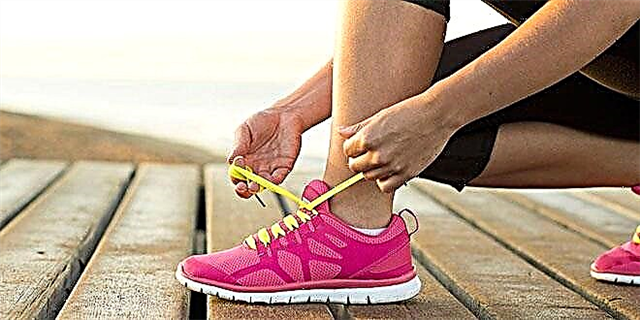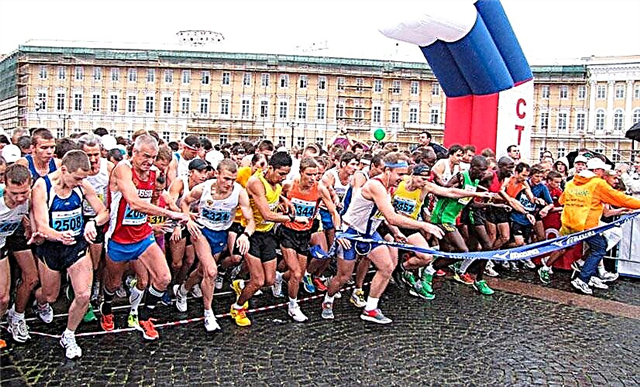Sports injuries
2K 1 20.04.2019 (last revised: 20.04.2019)
The muscles of the dorsal femoral surface include the biceps, semimembranosus, and semitendinosus muscles. Their sprains, as well as their ligaments and tendons, are common injuries. Usually, this pathology is diagnosed in athletes and office workers.
Etiology of damage
Genesis is based on:
- hypotrophy of the muscles of the posterior femoral surface;
- sharp movements;
- direct and tangential impacts.

© Anatomy-Insider - stock.adobe.com
Muscle strain symptoms
The symptom complex varies depending on the severity of muscle alteration. There are three degrees of stretching:
- There is a mild aching pain. No swelling.
- Moderate pain is present. Swelling and bruising are possible.
- Muscle tears (often with damage to ligaments and nerve fibers) can be determined. High intensity pain is present. Edema and hematomas are localized throughout the dorsal surface of the thigh.
Flexors in the knee and extensors in the hip can also be limited.
Sprained ligament symptoms
Characterized by:
- pain syndrome of varying severity;
- limitation of range of motion;
- the appearance of edema and hematomas;
- instability in the hip joint against a background of gross damage to the ligamentous apparatus, in some cases with a complete rupture of the ligaments (accompanied by a clicking sensation).
Diagnostic methods and when to see a doctor
The pathological condition is diagnosed on the basis of the patient's complaints and the examination data typical for stretching. With differential diagnosis, it is possible to carry out X-ray, ultrasound, CT and MRI.
First aid and treatment methods
In the first 48 hours after injury, at 1-2 degrees, the imposition of a compression bandage and limitation of motor activity are indicated. Movement is possible with a cane or crutches. Cold compresses (ice in a plastic bottle, heating pad or bag) for 15-20 minutes several times a day are recommended. The injured leg must be given an elevated position, preferably at the level of the heart. If necessary, use NSAIDs in the form of tablets or ointments (Diclofenac), analgesics and central muscle relaxants (Midocalm, Baclofen). After 48 hours and as the pain syndrome subsides, you can switch to exercise therapy and ERT (under the supervision of your doctor).

At grade 3, with a complete rupture of muscles, nerves and ligaments, surgical treatment with reconstruction of damaged tissues and suture is indicated. After healing, exercise therapy complexes are prescribed.
The exercises are passive at first. Over time, the list of permitted loads is expanding. The patient is allowed to exercise on simulators or light jogging. When performing recovery exercises, remember that movements should be smooth. Physiotherapy can be supplemented by electrophoresis, wave therapy, magnetotherapy, ozokerite applications and therapeutic massage.
At all degrees of stretching, the intake of multivitamins or vitamins C, E, group B (B1, B2, B6, B12) is indicated.
Traditional medicine
At the stage of rehabilitation, the following can be used:
- An onion-sugar compress, for which the onion head is chopped, mixed with a pinch of sugar and applied to the injured area for 1 hour.
- Compress overnight from a mixture of chopped cabbage leaves, potatoes and honey.
- Blue clay bandage based on plantain leaf. The mixture is applied to gauze, which is applied to the problem area and covered with a plastic bag.
Recovery time
The recovery period for mild to moderate stretching is approximately 2-3 weeks. With a pronounced (third) degree, it may take six months for full recovery.
With adequate treatment, recovery is complete. The forecast is favorable.
Prevention
Preventive measures come down to following simple rules:
- Before doing heavy physical exercise, it is necessary to warm up to warm up the muscles and stretch them.
- The loads should increase gradually.
- Taping can be used as a preventive measure during exercise.
- Physical education should be regular.
- If you feel discomfort, it is better to stop this exercise.


